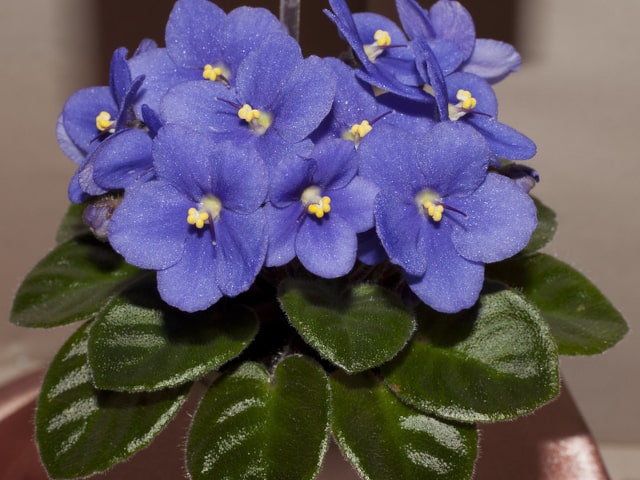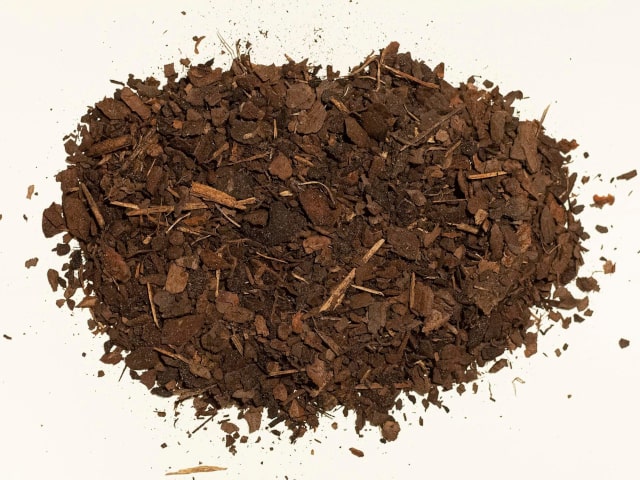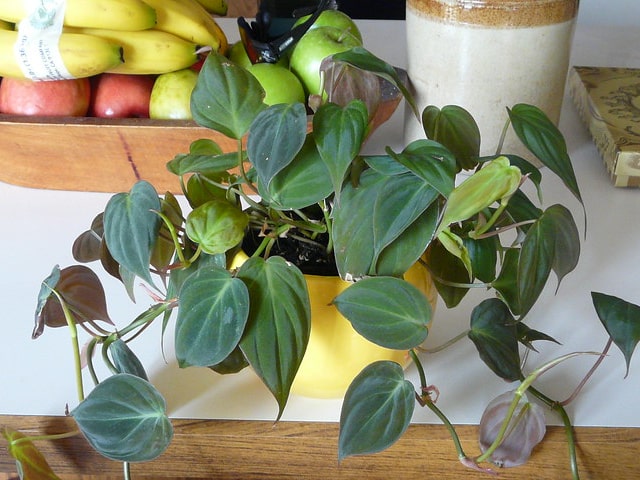
African violets are very popular plants in many homes. They have beautiful flowers that can range in colors from pink and mauve to blue and violet. The flowers are usually small, but they can be as large as an inch and a half. There are also some miniature varieties of this plant.
Basic Information
The first thing you need to know about African violets (the "Saintpaulia") is that they aren't violets at all. These plants belong to the family of Gesneriaceae. They originate in Africa and their name comes from the primary flower color, though there are other colors of flowers common with these plants.
Their botanical name, "Saintpaulia", is made in honors of Baron Walter von Saint Paul who first discovered them. He brought the plants to Europe in 1893.
These plants adapt almost perfectly to indoor life, so you can even keep them on the window sill. They can bloom almost constantly, so it's not surprising that they are so popular among many homeowners.
African violets are low-growing, hairy-leafed plants. Their leaves are dark green in color and roughly oval in shape. There are many varieties to choose from: hundreds of them in fact! You may pick those with flower colors of your choice. As stated above, their flowers come in many different colors, such as pink, mauve, blue and violet.
General Growing Conditions
African violets adapt almost perfectly to indoor growing conditions, though low humidity can sometimes be a factor. They grow best in temperatures ranging from 70 to 75 degrees F during the day and over 60 degrees F during night. If temperatures during cold months go below 60 degrees, it's important to move your plants away from the window for the night.
In their natural habitat, African violets live in a moist, humid jungle, so it means they require more humidifying than most of the other houseplants. To mimic these growing conditions, set your plants in a deep pan or saucer on an inch layer of pebbles. Fill the pan or sauces with water to just below the pot. This will create needed humidity.
Soil Requirements
It's best to grow your African violets in a rich soil. There are many varieties of specially formulated mixes made for African violets, so it's best to use those. A good African violet soil mix can be found at most garden centers. These commercially packed soils have been specially formulated, mixed and scientifically prepared to meet all the requirements of your plants and to maximize the growth of your African violets.
When you're potting or transplanting your African violets, make sure that the soil is not packed too tightly. Another thing to keep in mind is that African violets like well-aerated soil and they thrive best in a roomy pot.
Water Requirements
Watering is an important aspect of care, so you need to do it right. When it comes to African violets, the best practice is to use a self-watering pot that waters from below. This will provide them with constant supply of water they need.
Also, you should add some watering from above. It's best to use a watering can and a long spout for this. Using a long spout allows you to reach inside the foliage and wet the soil without splashing the leaves. Remember, splashing the leaves will result in white spots, so it has to be avoided at all costs.
White spots forming on the leaves is typically a result of cold water splashing the leaves. This is one of the reasons why you should always use room temperature or even warmer water. It's also good to use the wick-type watering system if you wish.
Sunlight
African violets don't require a lot of sun, which is another reason for their great popularity. They are best to be kept on an east or west window. Many can grow well even in a northern exposure, though only in the summer time.
What is important to pay attention to is to clean the leaves so they are always able to use as much light as possible. Keep the leaves free of dust. It's best to clean them with a soft brush (for example, a small, soft paint brush) to remove the dust.
Fertilizing
Just like there are specialized African violet soil mixes, the suppliers have created specialized foods made for these plants. These fertilizers usually come in a liquid form. Remember to apply this food only periodically and using the amounts specified on the label.
This food should also be applied when repotting your African violets, as well as transplanting or starting new plants from cuttings.
Common Pests and Diseases
The most common pests for African violets are mealy bugs and red spider. If you notice them attacking your plants, it's important to use only insecticides labeled for use on these pests. It's best to use natural insecticides for pest control.
Photo credit: MJI Photos (Mary J. I.)




0 Comments